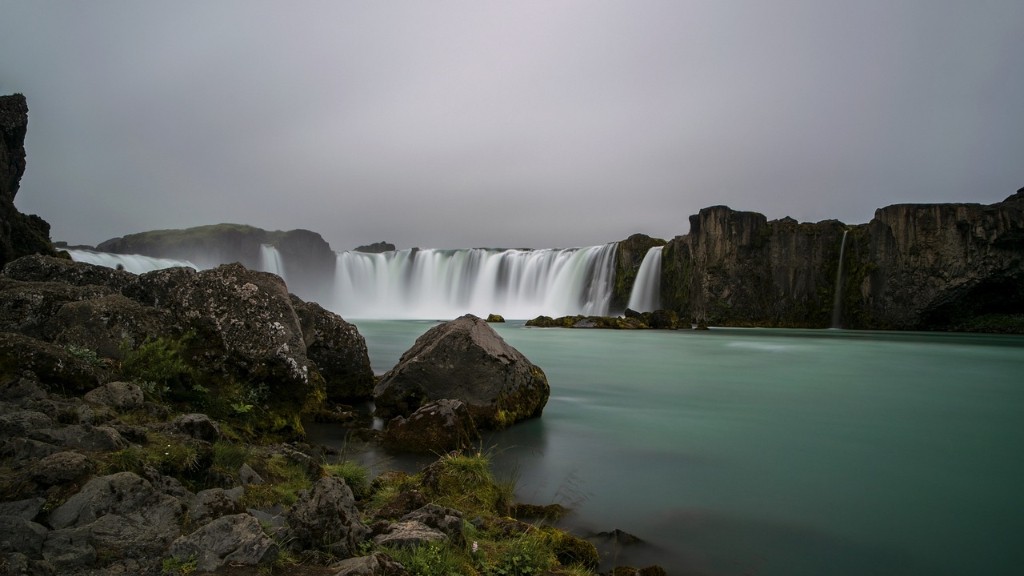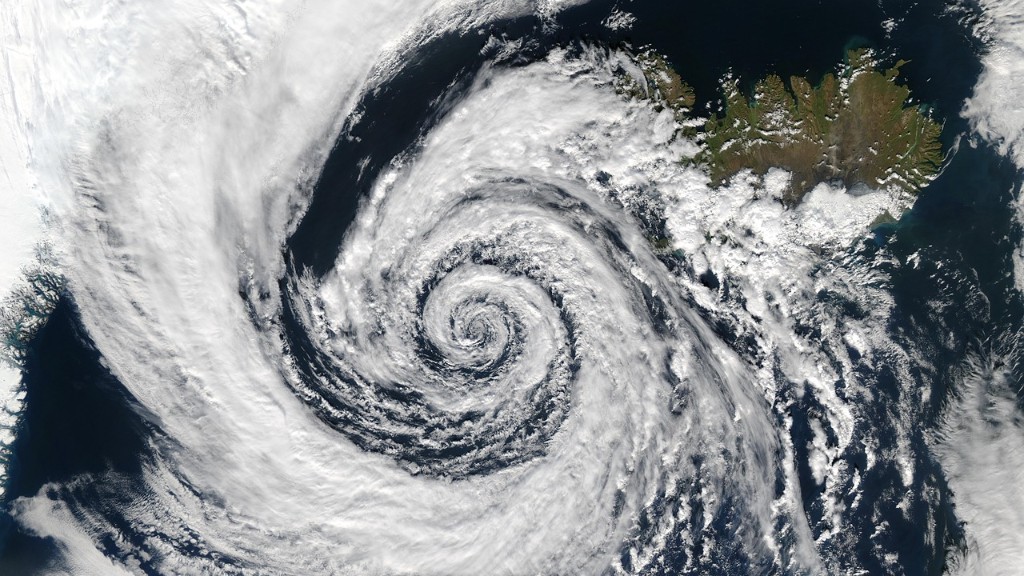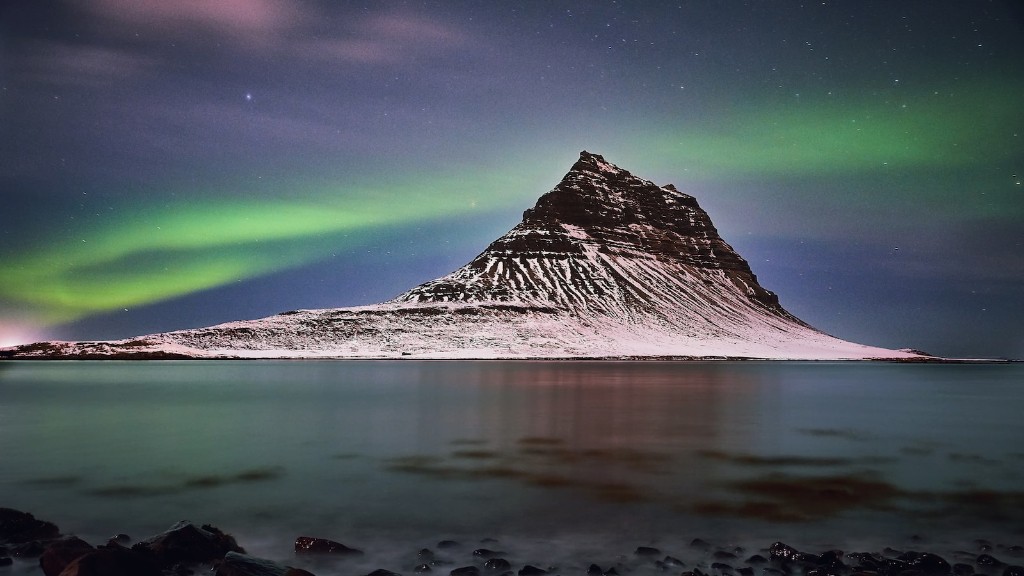Reykjavik Iceland Temperature
Reykjavik, the capital city of Iceland, is known for its picturesque landscapes, vibrant culture, and unique weather patterns. Situated on the southwest coast of the island, Reykjavik experiences a temperate maritime climate, heavily influenced by the Atlantic Ocean and the Gulf Stream. In this article, we will explore the temperature variations in Reykjavik throughout the year, delve into the factors that affect its climate, and provide insights from experts.
Background Information
Reykjavik’s climate is characterized by mild winters and cool summers, making it relatively moderate considering its high latitude. The average temperature in Reykjavik ranges from 26°F (-3°C) in winter to 57°F (14°C) in summer, with variations depending on the specific month. Despite being the northernmost capital city in the world, Reykjavik doesn’t experience extreme temperature fluctuations.
This stabilizing effect is mainly due to the presence of the warm Gulf Stream, which flows along Iceland’s coast. The warm ocean current helps mitigate the impact of the Arctic climate, keeping Reykjavik relatively warmer than other regions at similar latitudes. However, the weather can still be quite unpredictable, with abrupt shifts in temperature and frequent changes in wind patterns.
Reykjavik’s Temperature Patterns
Reykjavik experiences all four seasons, each with its own distinct temperature range. Winter lasts from December to February and is characterized by cold temperatures, often hovering around freezing point. Snowfall is common, and frequent storms can contribute to a chilly atmosphere.
Spring, from March to May, sees the gradual transition from winter to summer. Temperatures begin to rise, and daytime averages reach around 37°F (3°C). However, nights can still be quite cold, requiring layered clothing to stay comfortable.
Summer, from June to August, is the warmest and most pleasant time to visit Reykjavik. Temperatures during this period average around 52°F (11°C) but can occasionally reach as high as 68°F (20°C). Visitors can enjoy the long daylight hours, as Reykjavik experiences the famous Midnight Sun phenomenon, where the sun sets for only a short period throughout the night.
Autumn, spanning September to November, is characterized by increasingly cooler temperatures and shorter daylight hours. Average temperatures drop to around 39°F (4°C), and the weather becomes more unpredictable, with sporadic rain showers and gusty winds.
Factors Affecting Reykjavik’s Climate
Several factors contribute to Reykjavik’s unique climate. Firstly, its location on the southwest coast of Iceland exposes it to the direct influence of the Atlantic Ocean. The ocean acts as a temperature regulator, preventing extreme cold or heat. Secondly, the Gulf Stream, a warm ocean current originating in the Gulf of Mexico, travels northeastward before reaching Iceland. This current brings milder air to the region, further moderating the climate.
Another significant factor affecting Reykjavik’s weather is its proximity to the Arctic Circle. While Reykjavik is not within the Arctic Circle itself, it is still close enough to experience the effects of Arctic air masses and occasional polar fronts. These can lead to abrupt changes in weather patterns, resulting in quick temperature fluctuations.
Additionally, Iceland’s unique topography contributes to its weather patterns. The country is characterized by numerous mountains, fjords, and glaciers, which create microclimates. These microclimates can lead to variations in temperature and weather conditions, even within relatively short distances.
Insights from Experts
According to meteorologist Dr. Anna Kristjansdottir, the variability in Reykjavik’s climate is a result of its unique geographical position. She notes, “Reykjavik’s location, between the Atlantic Ocean and the Arctic, creates a delicate balance in its climate. The warm Gulf Stream plays a crucial role in ensuring that the city doesn’t experience extremely cold temperatures, but the proximity to the Arctic brings occasional chilly bursts.”
Dr. Kristjansdottir also highlights the impact of climate change on Reykjavik’s temperature patterns. “We have observed an increasing trend in winter temperatures over the past decades,” she says. “This is likely due to the overall rise in global temperatures. However, it’s important to note that Reykjavik’s climate is influenced by multiple factors, and further research is needed to fully understand the long-term implications of climate change on the city.”
Conclusion
Reykjavik’s temperature variations throughout the year make it a fascinating city to explore, no matter the season. From its mild winters to its cool summers, the capital of Iceland offers a unique climate that is heavily influenced by the Atlantic Ocean and the Gulf Stream. While winters can be cold and stormy, summers provide a pleasant and enjoyable experience for visitors. The city’s geography and its proximity to the Arctic Circle contribute to the distinct weather patterns, which can change rapidly. As our understanding of climate change evolves, it will be interesting to see how Reykjavik’s temperature trends may be affected in the future.
Section 1: How Weather Influences Tourism in Reykjavik
Reykjavik’s weather plays a significant role in shaping the city’s tourism industry. The city offers a wide range of outdoor activities and natural attractions, but these can be heavily affected by the weather conditions. Here, we will explore how different weather patterns impact tourism in Reykjavik.
1. Winter weather: Despite the colder temperatures, winter is a popular time for tourists to visit Reykjavik, primarily due to the chance to witness the beautiful Northern Lights. The clear, dark skies of winter create ideal conditions for viewing this stunning natural phenomenon. Snowfall also adds to the magical atmosphere, and visitors can enjoy activities such as ice cave tours and snowboarding.
2. Summer weather: Reykjavik experiences the Midnight Sun during the summer months, a phenomenon that attracts tourists seeking long daylight hours. This allows for extended exploration of the city and its surrounding natural wonders. Summer is also the perfect time for hiking, whale watching, and exploring the numerous waterfalls and geysers that Iceland is known for.
3. Unpredictable weather: Reykjavik’s weather can be highly unpredictable, with sudden shifts in temperature and frequent rain showers. While this might deter some tourists, others are drawn to the excitement and adventure of experiencing different weather patterns in a short amount of time. The city’s proximity to breathtaking landscapes and unique meteorological phenomena, such as the Sólheimajökull glacier and the Strokkur geyser, make it an appealing destination regardless of the weather conditions.
4. Weather-based events: Reykjavik hosts various outdoor events throughout the year that are heavily influenced by weather conditions. For instance, the Winter Lights Festival takes place in February, showcasing various light installations and performances. Similarly, the Secret Solstice Festival, held in June, celebrates the Midnight Sun with live music performances. These events utilize the unique weather patterns of Reykjavik to enhance their experiences for both locals and tourists.
Overall, Reykjavik’s weather adds an element of excitement and adventure to the city’s tourism industry. Whether visitors are seeking snowy landscapes or extended daylight hours, Reykjavik’s diverse weather patterns provide a captivating experience for all.




